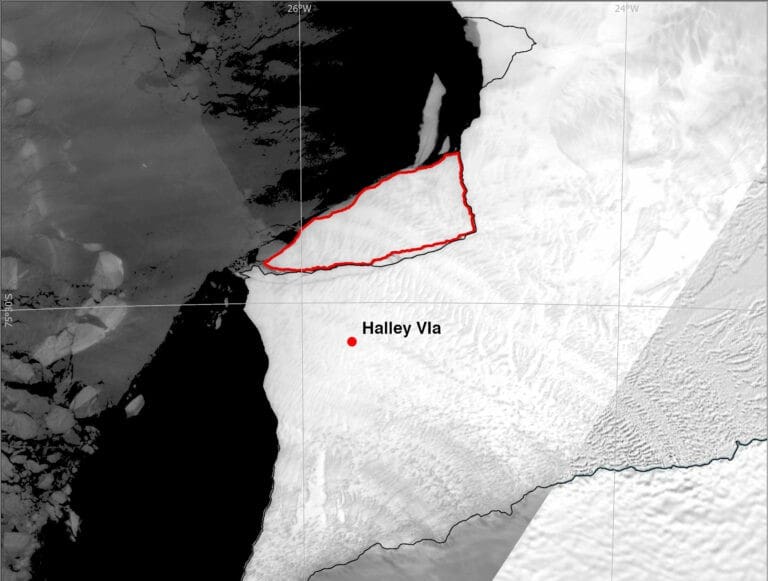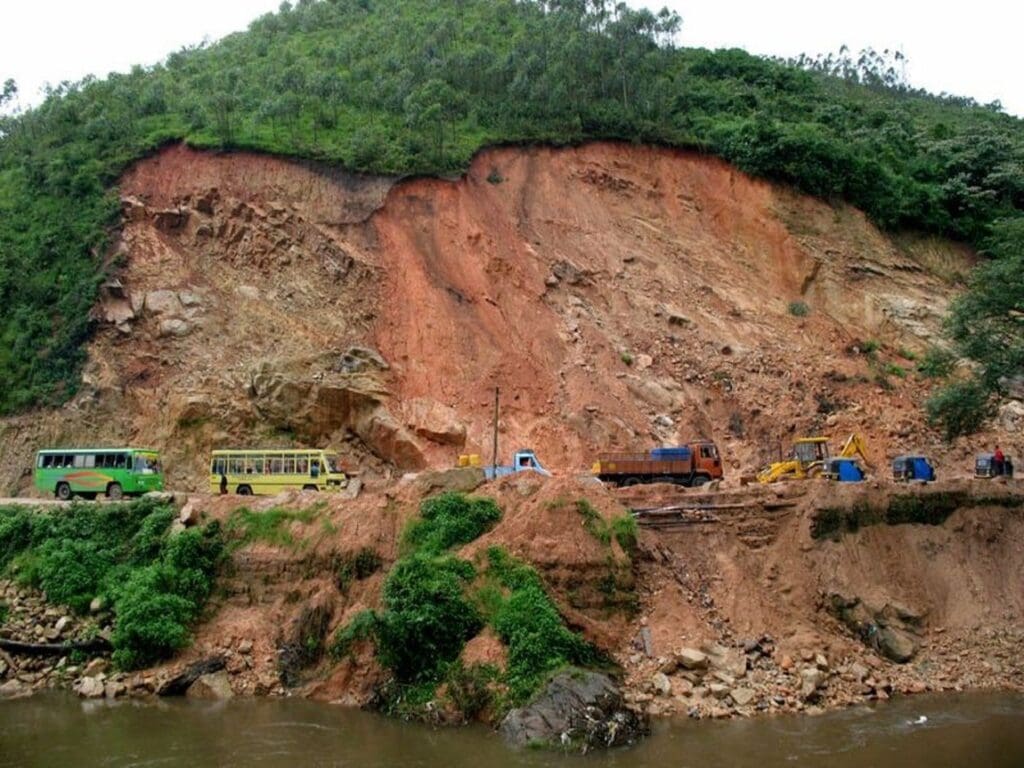Summary:
The potential of ‘climate plantations’, which involve planting fast-growing crops, burning them for energy, capturing the released CO2, and storing it, is being explored as a method to remove greenhouse gases and limit global warming to 1.5 degrees Celsius.
But a recent study from the Potsdam Institute for Climate Impact Research (PIK), published in Nature Communications Earth & Environment, warns that such plantations could strain the stability of the Earth’s biosphere if they extend beyond existing agricultural lands. The study quantifies the removal potential of bioenergy with carbon capture and storage (BECCS), revealing that, under moderate climate change and fixed plant productivity assumptions, BECCS could remove less than 200 million tonnes of CO2 by 2050, a far cry from the levels projected in many climate models.
The research highlights the importance of considering planetary boundaries — such as nitrogen input, freshwater use, deforestation, and biodiversity loss — when evaluating carbon removal strategies. It suggests that, to achieve greater BECCS potential, significant changes in agricultural practices, such as reducing animal product consumption, would be necessary. This study is part of the EU project NEGEM, which examines responsible negative emissions strategies.

Little potential for ‘climate plantations’ within planetary boundaries
Planting fast-growing crops, burning them, capturing the released CO2 and storing it: this is being discussed as a way to remove greenhouse gases from the atmosphere and limit global heating to 1.5 degrees Celsius in the long term. But if this is done on land beyond existing agriculture, it endangers the stability of the biosphere.
The new study by the Potsdam Institute for Climate Impact Research (PIK) puts a figure on the potential of such novel ‘climate plantations‘, also known as bioenergy with carbon capture and storage (BECCS). The study considered not only the carbon balance but also other planetary boundaries.
Under the study’s assumptions regarding the productivity of the plant species – no new varieties over time, medium climate change – the potential outside of existing agricultural land is less than 200 million tonnes of carbon dioxide removal in 2050. This is significantly less than assumed in many climate scenarios.
It means that if we want to rely on this method of carbon removal, rather than on potential alternatives such as air filter systems or enhanced rock weathering, we will need to use existing agricultural land. This is only feasible if our food system changes and, among other things, focuses less on animal products.
The research team starts from the concept of planetary boundaries, developed in 2009 under the leadership of the current PIK Director Johan Rockström. The boundaries represent the critical limits of nine processes that form the basis of human life, from the climate, to the state of forests and oceans, to biodiversity.
As the first planetary health check published by PIK recently showed, six boundaries have already been breached. Four of them are land-related and thus relevant for allocation and management of climate plantations: they concern nitrogen input from fertilisation, the freshwater cycle, deforestation and the loss of biosphere integrity caused for example by a decline in biodiversity. The new study provides the first systematic, process-based modelling of how BECCS potential is constrained if these critical limits were not to be further exceeded.
“Our computer simulation is one of the most sophisticated applications of the PIK-developed biosphere model to date,” explains Wolfgang Lucht, head of the Earth System Analysis research department and a co-author of the study. “It provides an important insight into the current climate debate, in view of the fact that the 1.5 degree limit is currently being exceeded: in our response to the climate crisis, we must not only look at the CO2 balance of public policies, but also keep an eye on other planetary boundaries. Ultimately, the resilience of the Earth system depends on a multitude of interrelated processes.”
The study was part of the four-year EU project NEGEM on responsible negative emissions.
Theoretically, if all biophysically suitable areas outside of today’s agriculture were converted, the potential for carbon removal through climate plantations would be significantly higher than assumed in most climate scenarios. These scenarios assume an average of around 7.5 billion tonnes of carbon removal in 2050 – just to limit global heating to 2 rather than 1.5 degrees C – often with BECCS as the central technology. However, if the planetary boundaries are taken into account, the picture is reversed: the billions of tonnes are far from achievable with this technology.
The LPJmL global biosphere model, which simulates daily water, carbon and nitrogen flows at a resolution of half a degree latitude and longitude, shows how each of the four constraints affects the carbon removal potential: limiting nitrogen input from fertilisers reduces it by 21 percent relative to the theoretical upper limit; protection of freshwater systems reduces it by 59 percent; the limits to deforestation result in a 61 percent reduction; and avoidance of further loss of biosphere integrity by as much as 93 percent.
Assuming that all four planetary boundaries are respected, with explicit protection for existing forests, the model study indicates a removal potential of less than 200 million tonnes of CO2 in 2050.
“The most important climate protection strategy of all remains to rapidly reduce emissions towards zero,” concludes Johanna Braun, PIK researcher and lead author of the study. “To increase the geographic extent, and thus the carbon removal potential, of climate plantations, the world would have to make do with less space for agriculture. For example, a more plant-based diet worldwide could theoretically free up significant pasture areas for other uses.”
The study thus points to an important connection, emphasises Braun: “Producing and consuming less animal products not only helps the climate by reducing emissions from agriculture – it also eases the struggle for scarce resources, thereby protecting the Earth system as a whole.”
Journal Reference:
Braun, J., Werner, C., Gerten, D., Stenzel, F., Schaphoff, S., Lucht, W., ‘Multiple planetary boundaries preclude biomass crops for carbon capture and storage outside of agricultural areas’, Nature Communications Earth & Environment 6, 102 (2025). DOI: 10.1038/s43247-025-02033-6
Article Source:
Press Release/Material by Potsdam Institute for Climate Impact Research (PIK)
Featured image credit: Fabien Burgue | Pexels




